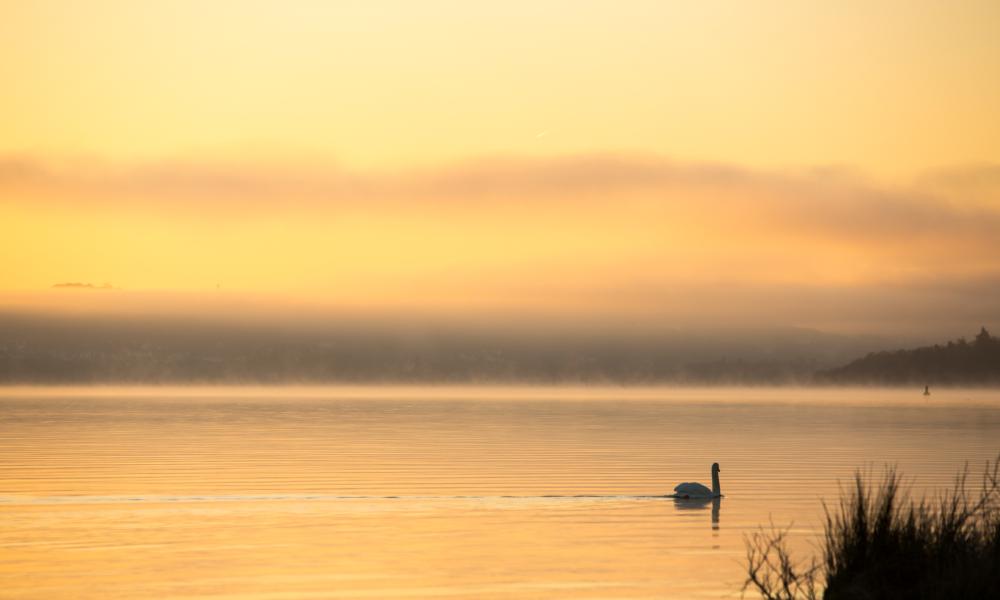
Play with the light
If you want to have the best chance of capturing the best images, then you need to get used to setting the alarm clock to early hours. The golden light provided by early morning sun rises and late evening sun provide the photographer with the best possible light to shoot in. Shadows are long and colours are rich. And best of all, it's usually when species are most active.
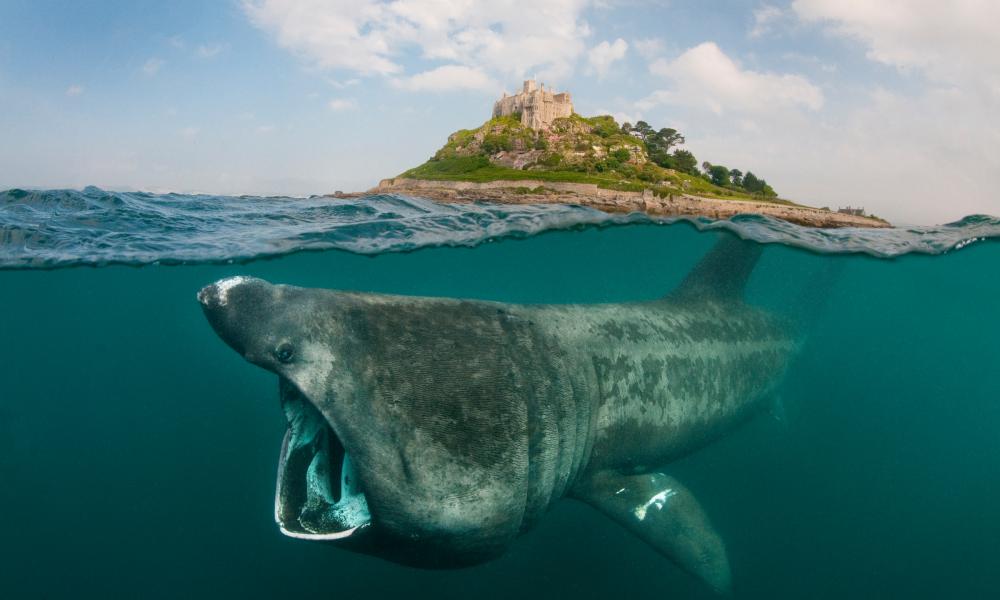
Know Your Subject
You might only ever get to go on safari once but that shouldn't stop you learning about your subject matter before you travel. If you wanted to capture that beautiful lion image, then get online and start to better understand how a lion operates. Is it active in the daytime? When does it typically hunt? Understanding an animal's behaviour is key to understanding when and where best to shoot it. Research is key.
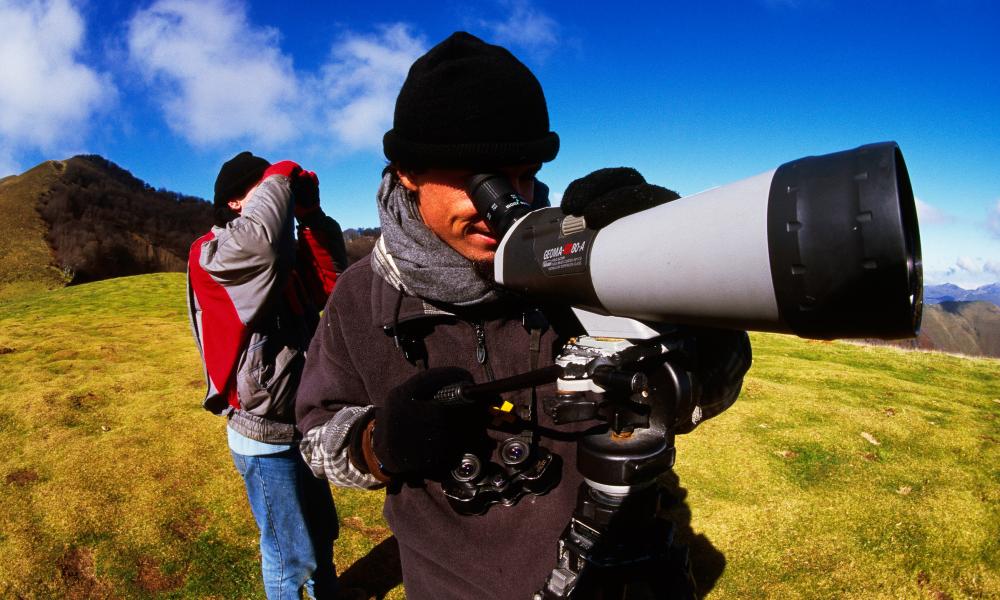
Creative vs Technical
It’s all too easy to get hung up on your camera's buttons and get fixated on what aperture to shoot with, how quick your shutter should be and whether a flash really is a good idea for shooting that bird with. These are all great features to consider, but first of all think with a creative head, not a technical one. How do you want to compose the image? Perhaps a detail would be better than a full body shot. How is the light going to play with the image? All these things and more should be running through your head first as an animal won't wait for you while you dial in a new shutter speed.
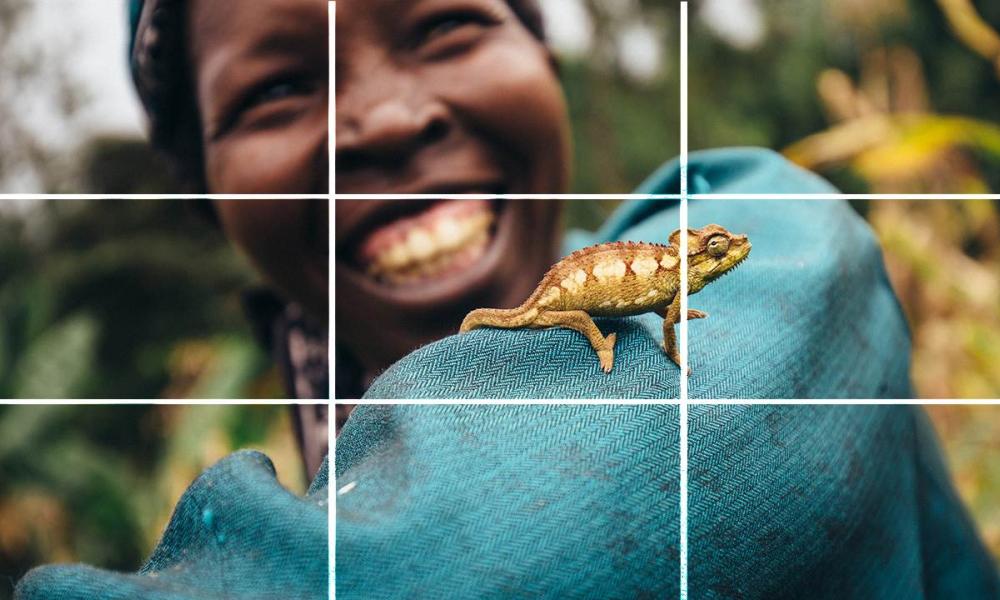
Rule of Thirds
It's a rule and we're often told to break the rules but more often than not, following this one hard and fast rule in photography will transform your imagery.
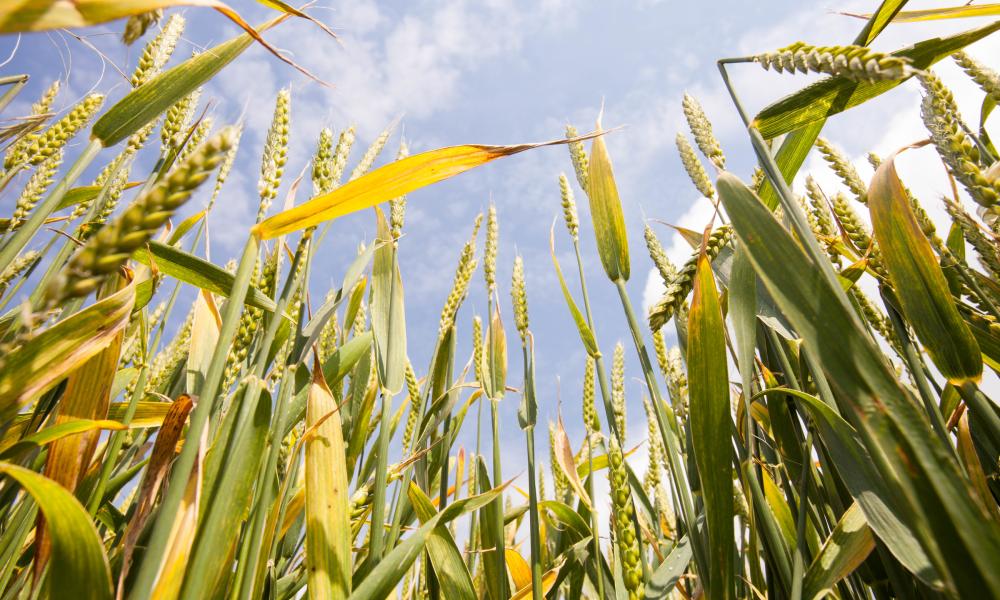
Perspective
It's so much easier to simply stand and shoot your subject but you need to think about perspective as much as possible. Don't be scared to get on the ground, shoot from above or just do things differently!
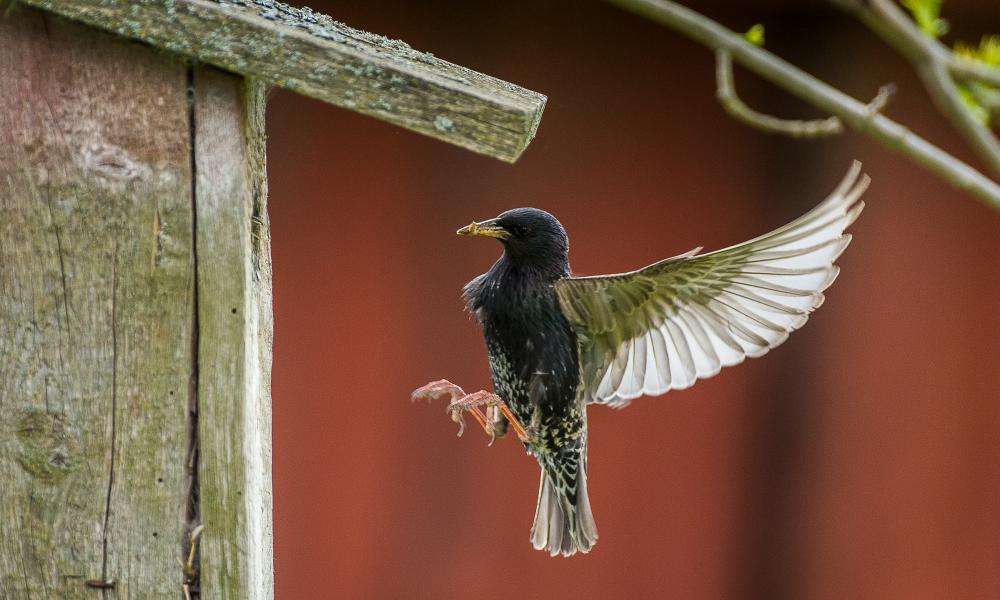
Patience
Above everything else, if you're shooting wildlife, you need to be patient. There's a good reason why people say never work with children and animals - they don't do what you expect them to! So, be patient, get your flask out, enjoy your surroundings and wait for that special moment.
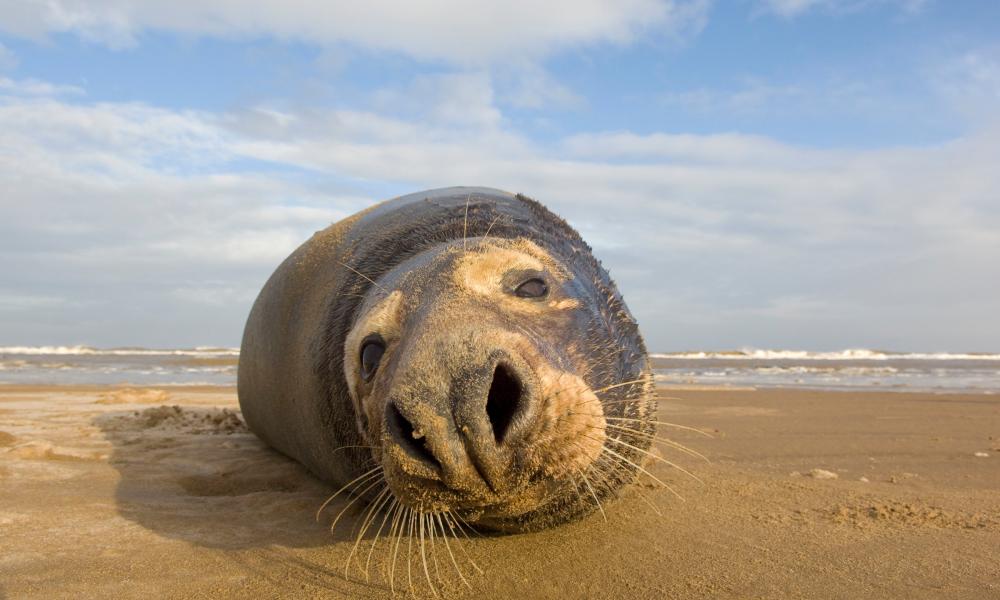
Have fun
Be it wildlife, people, landscape or whatever you're shooting, most of all, enjoy it! Photography shouldn't be a chore. It should be a process of learning, discovering and ultimately enjoying what you are producing. The more you enjoy, the better your photographs.
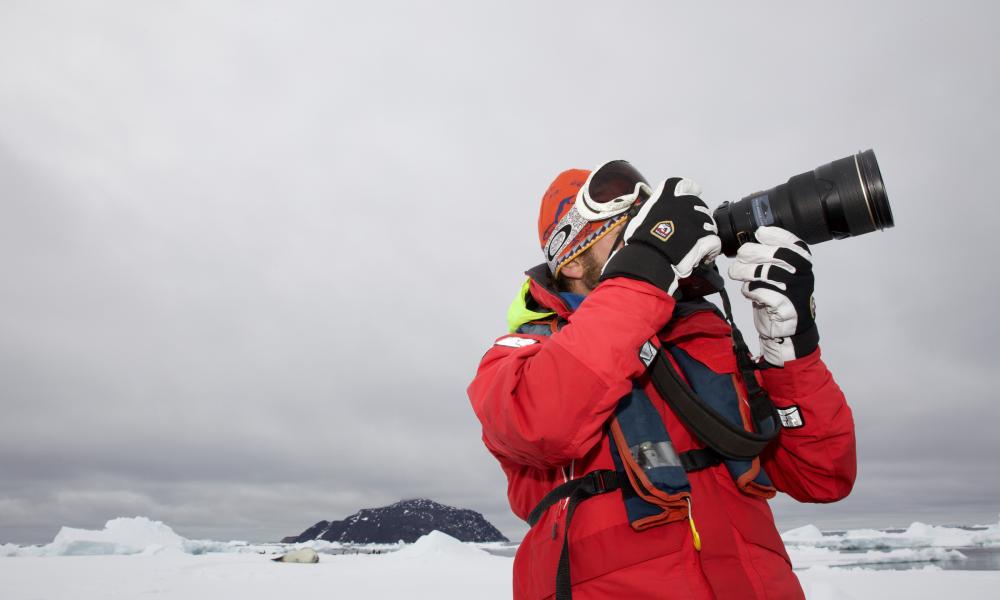
Practise
It's a simple but effective rule. The best photographers haven't just become brilliant overnight. They've put the hours in, learnt their trade and if they didn't succeed at first, they tried and tried again.
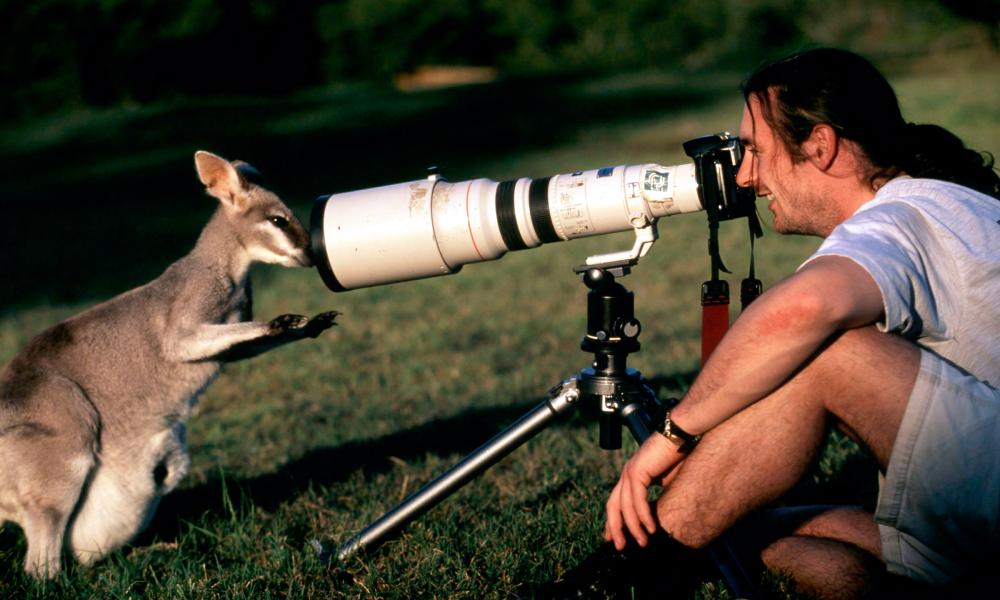
Tripod
If you have the budget and the patience to carry a tripod up a mountain, across a river or through a forest - then bring it. A tripod brings stability, especially when shooting with a telephoto lens, so if you want that image as sharp as possible then three legs is the way to go.
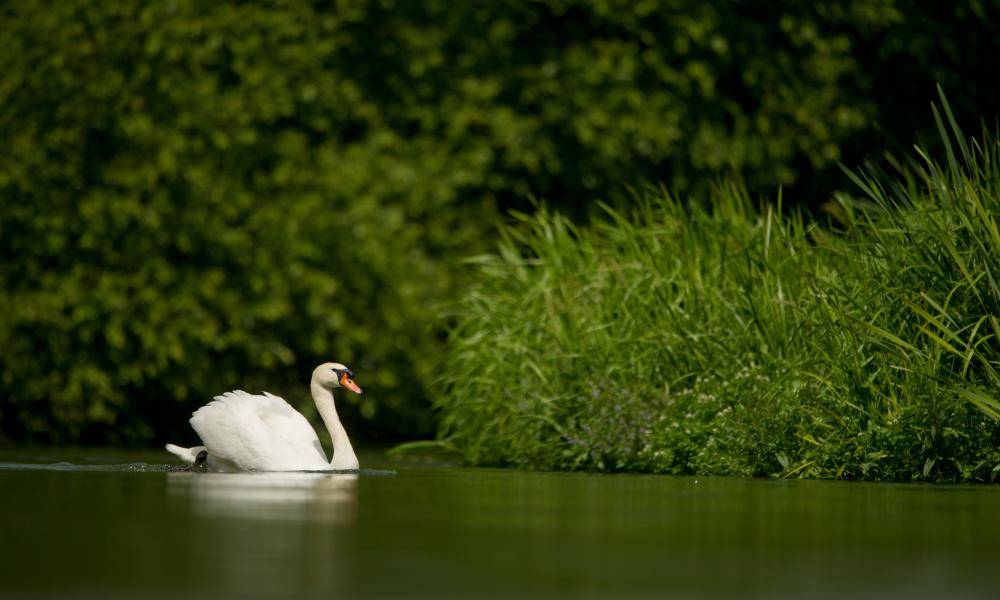
Think close and far
Wildlife photography often involves a telephoto lens and an obsession with getting as close to your subject as possible but sometimes this is not always possible or sensible. Placing your subject in its natural habitat and not being afraid to reveal this is a great way of a photograph telling a wider story. A close up portrait of a urban fox is always lovely but why not try to capture it in its environment to provide a sense of where this fox lives and how it survives.
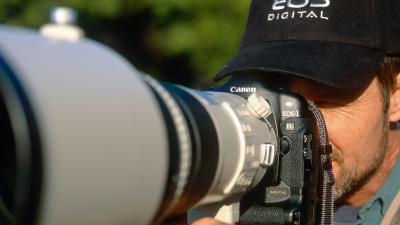
 7 species we rarely see now
7 species we rarely see now
 5 threats to UK wildlife
5 threats to UK wildlife
 Our tips on how to bee friendly
Our tips on how to bee friendly